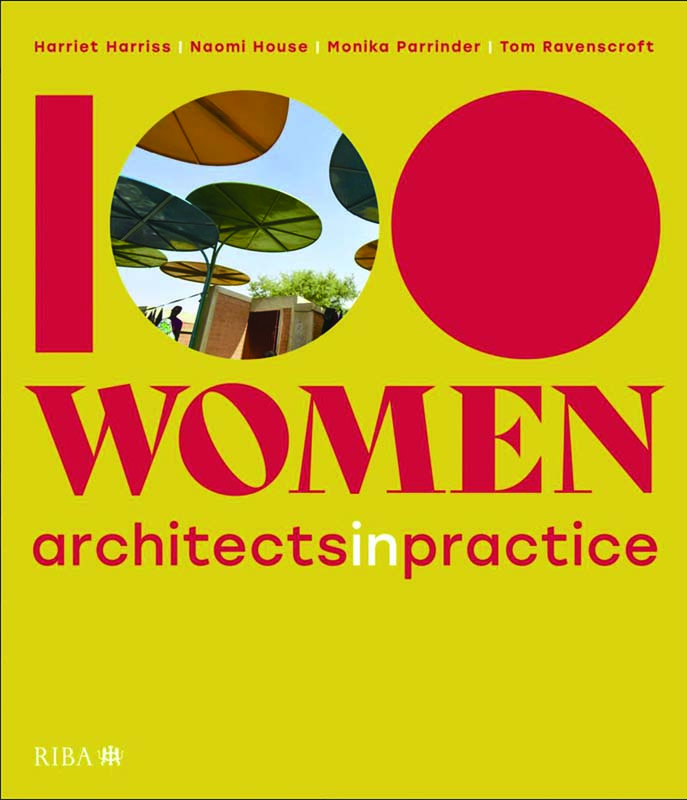Book Review: 100 Women—Architects in Practice
 100 Women: Architects in Practice
100 Women: Architects in Practice
By Harriet Harriss, Naomi House, Monika Parrinder, and Tom Ravenscroft (RIBA Publishing, 2024)
This sampling of work by women architects is, according to its authors, “a snapshot of innovative architectural practice from across the globe.” Contesting the male- and Global North-dominated canon, it includes interviews with women from almost 80 countries, and prioritizes place-sensitive approaches, and equity-minded processes. Alongside glossy photos of buildings, the book shows prototype classrooms, volunteers on construction sites, and co-design workshop sessions.
The selection ranges from Victoria Marwa Heilman, who has led NGO Tanzanian Women Architects for the past 12 years alongside her own successful practice, to Moroccan architect and anthropologist Salima Naji, who has worked for two decades to rehabilitate and restore traditional fortified villages and granaries in southern Morocco. Cathy Saldaña is an architect, builder, and master planner who specializes in sustainable island development in the Philippines; Indonesian architect Daliana Suryawinata builds community-run micro-libraries with reused plastic, certified wood, and locally available materials. In North America, familiar names—Tatiana Bilbao, Liz Diller—feature alongside emerging leaders, including Anishnaabekwe architect Eladia Smoke.
Most of the architects in this book are relatively unknown—for now. The book aims to contribute to equalizing out the gender balance on panels and in architecture school lecture series. But more than that, it hopes to contribute to shifting the object-based emphasis of status-quo architecture to architecture that foregrounds equity, care, and connection.
“To tackle social and climate injustice, a complete re-envisioning of relations between the built environment, people and land is more urgent than ever,” write the authors. “To return to the words of Indigenous Canadian architect Eladia Smoke, ‘Now is a critical time to seek out every opportunity to transmit this knowledge to future generations.’”
As appeared in the May 2024 issue of Canadian Architect magazine
